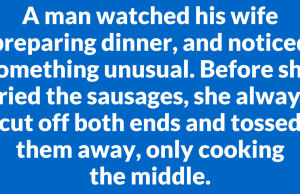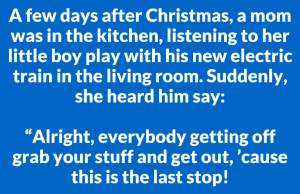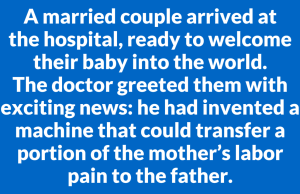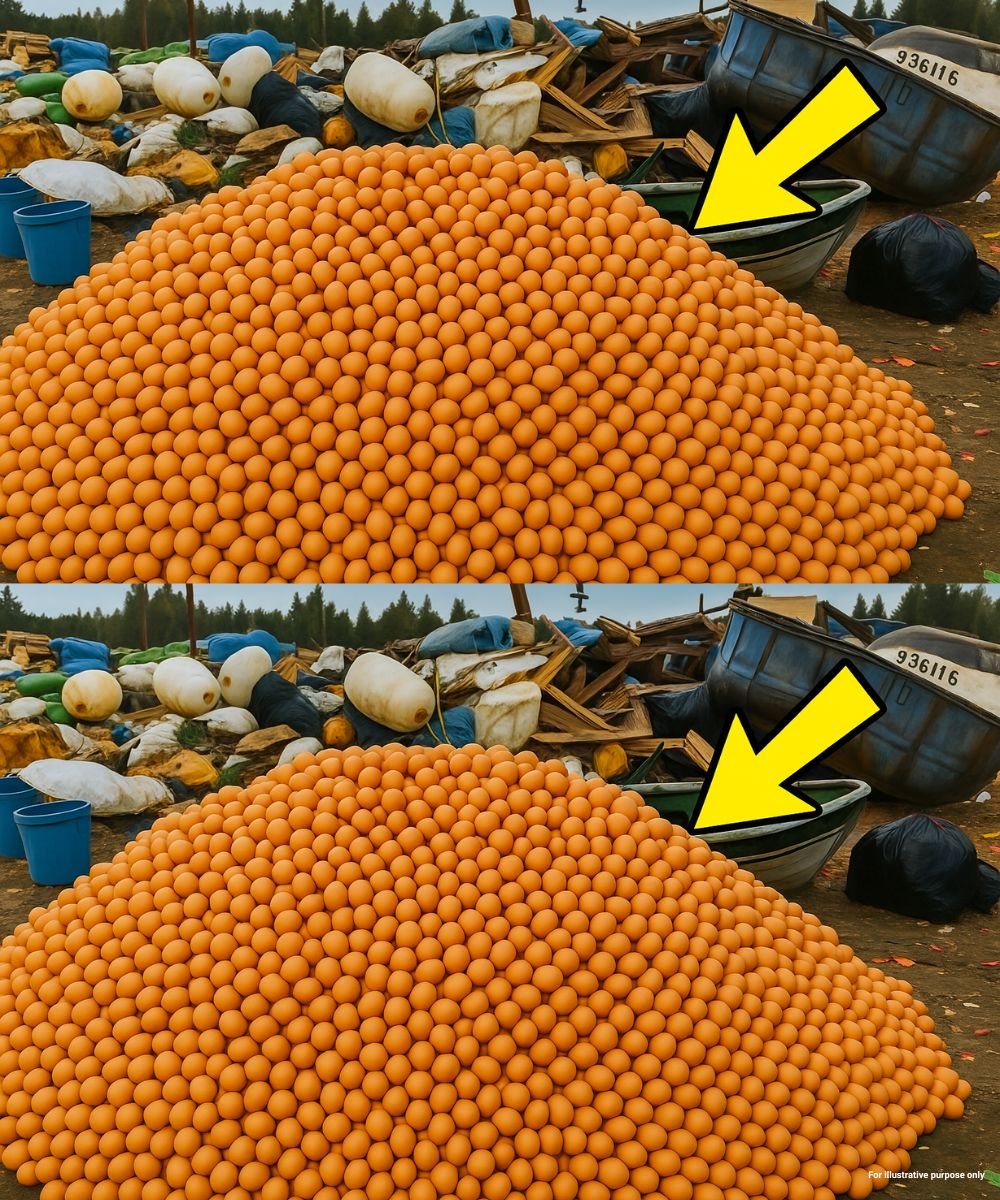
In the spring, an incident in the city arrived to be ordinary.
The health check led to the removal of roughly 20,000 chicken eggs from retailers. The majority were measured horrible because of being expired, cracked, or unclean.

All were delivered to the city landfill, which was surrounded by barbed wire. Trucks unloaded egg cartons like typical rubbish. After a few days, the boxes fell apart in the rain, some were snacked by birds, and the remainder were simply lost amid the debris.
Residents quickly forgot about it. However, three months later, something unpredicted happened. Early in the morning, the landfill caretaker spotted that the crows were not settling on the organic trash pile as they usually did.
He approached—then froze.

Something was moving within the pile of trash. Thousands of little golden fluff balls rolled over rotting potatoes and empty yogurt containers. Small, squeaky, and energetic. Chicks. There were many of them.
They were everywhere: between tires, behind plastic bottles, and in the cracks of old furniture. How did they survive? How did they hatch without an incubator, hen, or care? The news spread swiftly throughout the city.
People collected to witness the “miracle.”
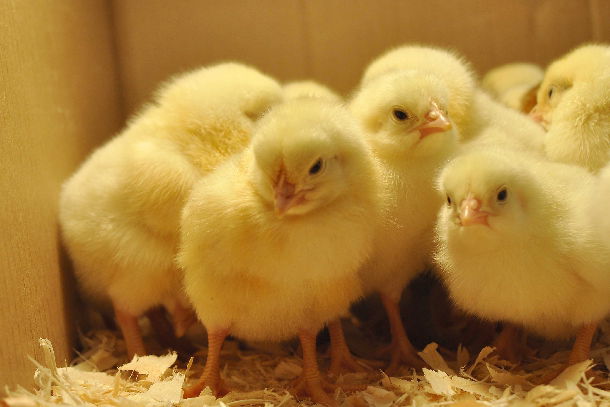
Scientists were bewildered; there was no logic behind it. The landfill offered no conditions for hatching, particularly after such a long time. Locals started dubbing them “chicks from nowhere.”
The chicks started to be adopted – some out of compassion, some out of delusion. Although government agencies could not offer an explanation, city residents understood that these were more than merely chicks. It was a wonder born in the rubbish.










